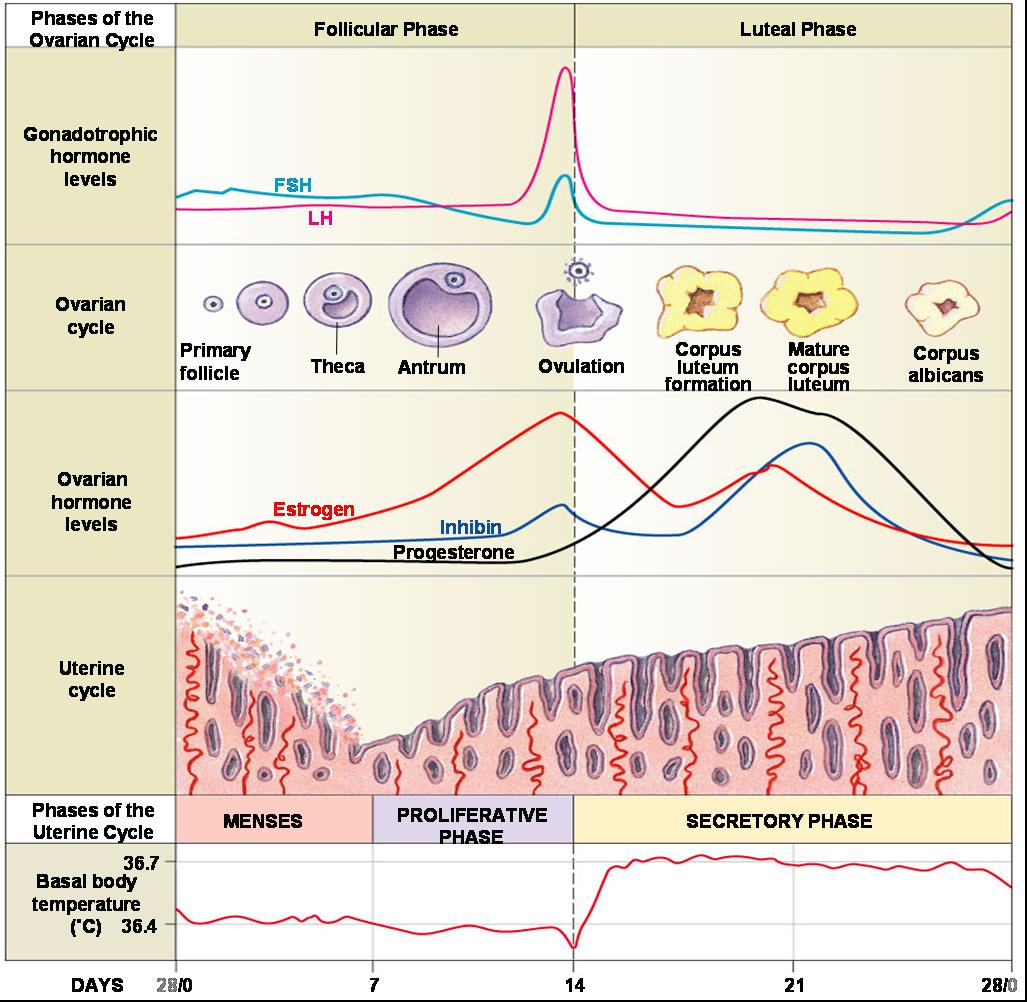- regular aerobic exercise 4-5 times a week
- good sleep hygiene, i.e., establishing a consistent sleep schedule
- dietary changes: limiting alcohol, caffeine, salt, chocolate, red meat, and eating smaller, more frequent meals with complex carbohydrates
- avoiding stressful activities/ situations during the premenstrual period
These interventions can often be started in the 2 months (or 2 menstrual cycles) during which a patient is completing the daily symptom ratings needed to confirm a diagnosis of PMDD, and for some women, they may be enough to control their symptoms.
We have had patients ask us about whether certain vitamins and dietary supplements (like vitamin B6, calcium, magnesium, chasteberry, soy) are helpful for PMS/ PMDD symptoms. For most of these supplements, there is no consistent evidence from research showing that they are are better than placebo, and some may carry risks:
- vitamin B6; at high doses may lead to peripheral neuropathy and there is only low-quality evidence that it may help with PMDD symptoms, so it is not recommended
- calcium supplementation has benefits beyond those on mood symptoms, but high doses may increase the risk of heart disease
- soy was found to have reduced physical symptoms but not mood symptoms in women with PMS/ PMDD
- chasteberry (vitex agnus-castus) may also be more helpful for the physical symptoms rather than mood symptoms of PMDD
Some other therapeutic modalities that have been considered in the treatment of PMDD include group or individual psychotherapy, acupuncture, yoga, and bright light therapy. There is little research evidence available for most of these treatments, but bright light therapy in particular has shown some promise, and psychotherapy has shown promise but with small effect sizes.



